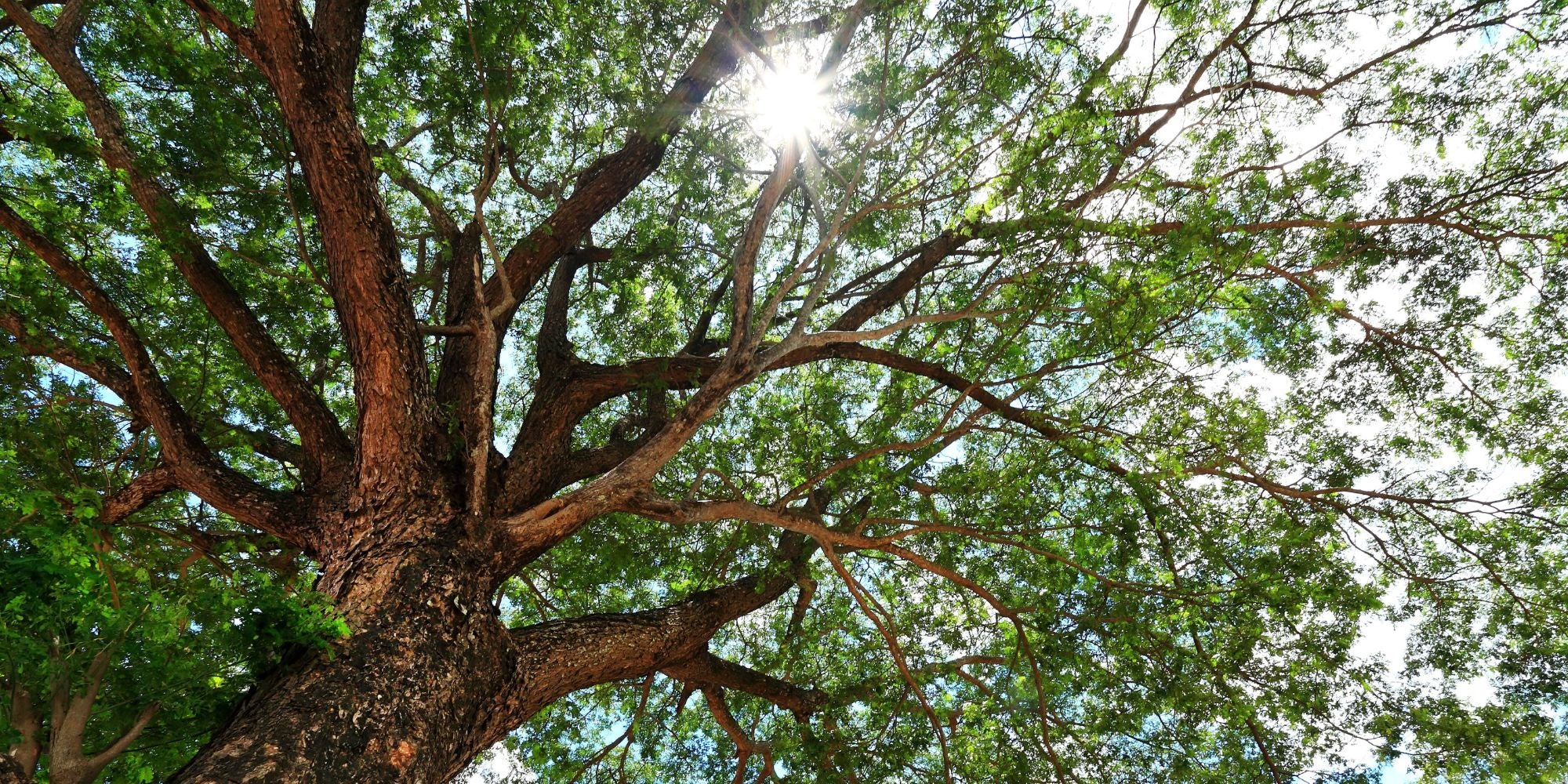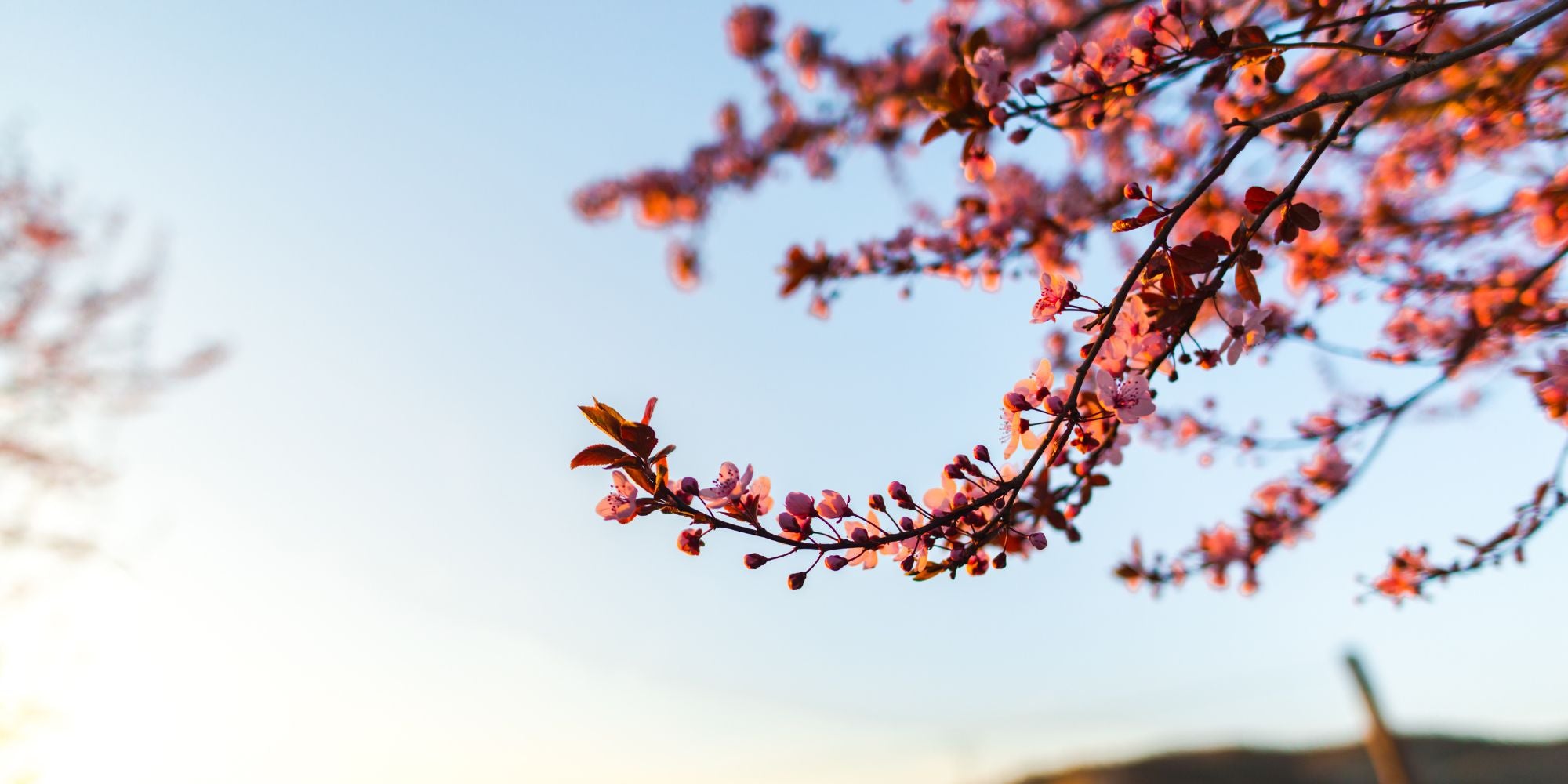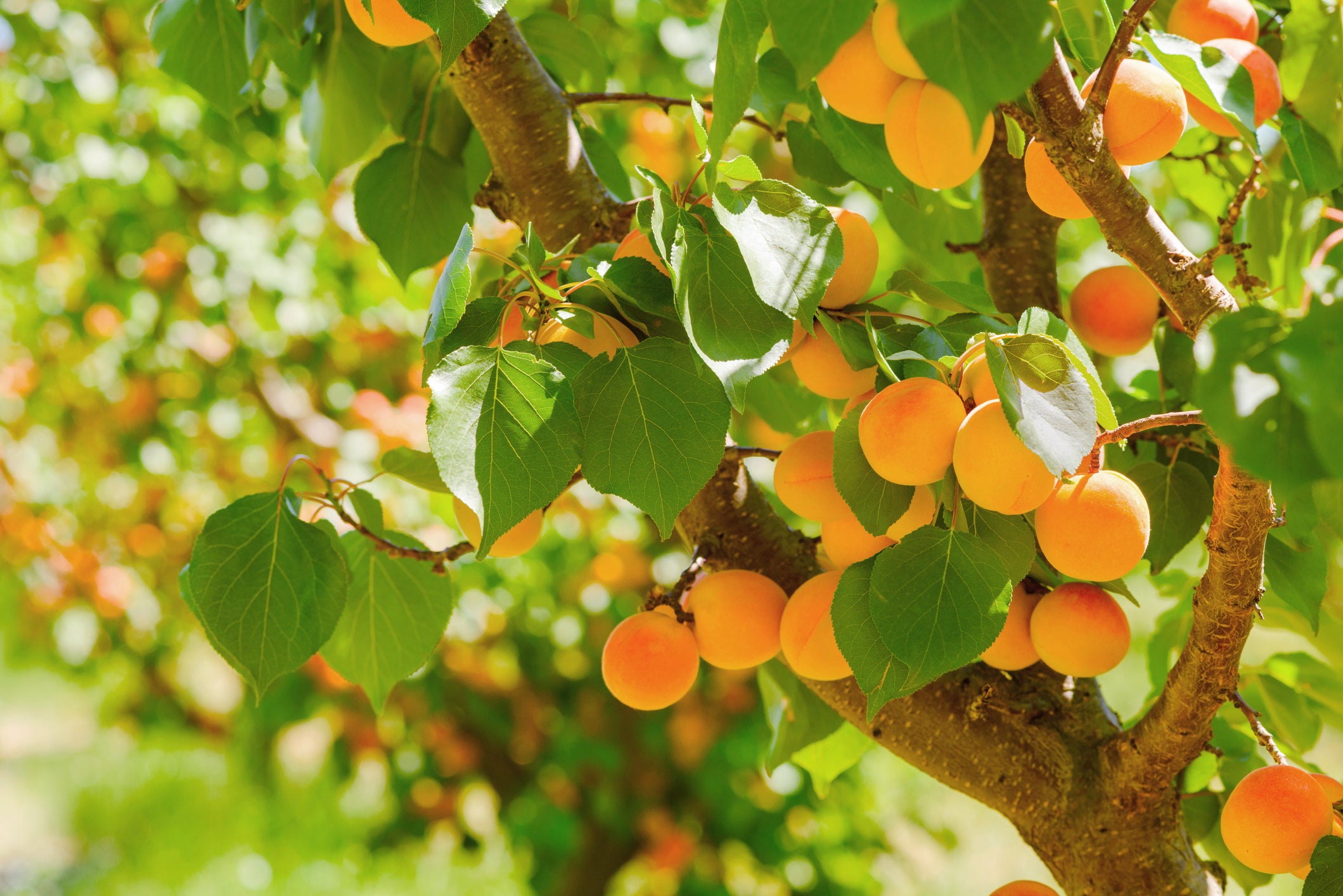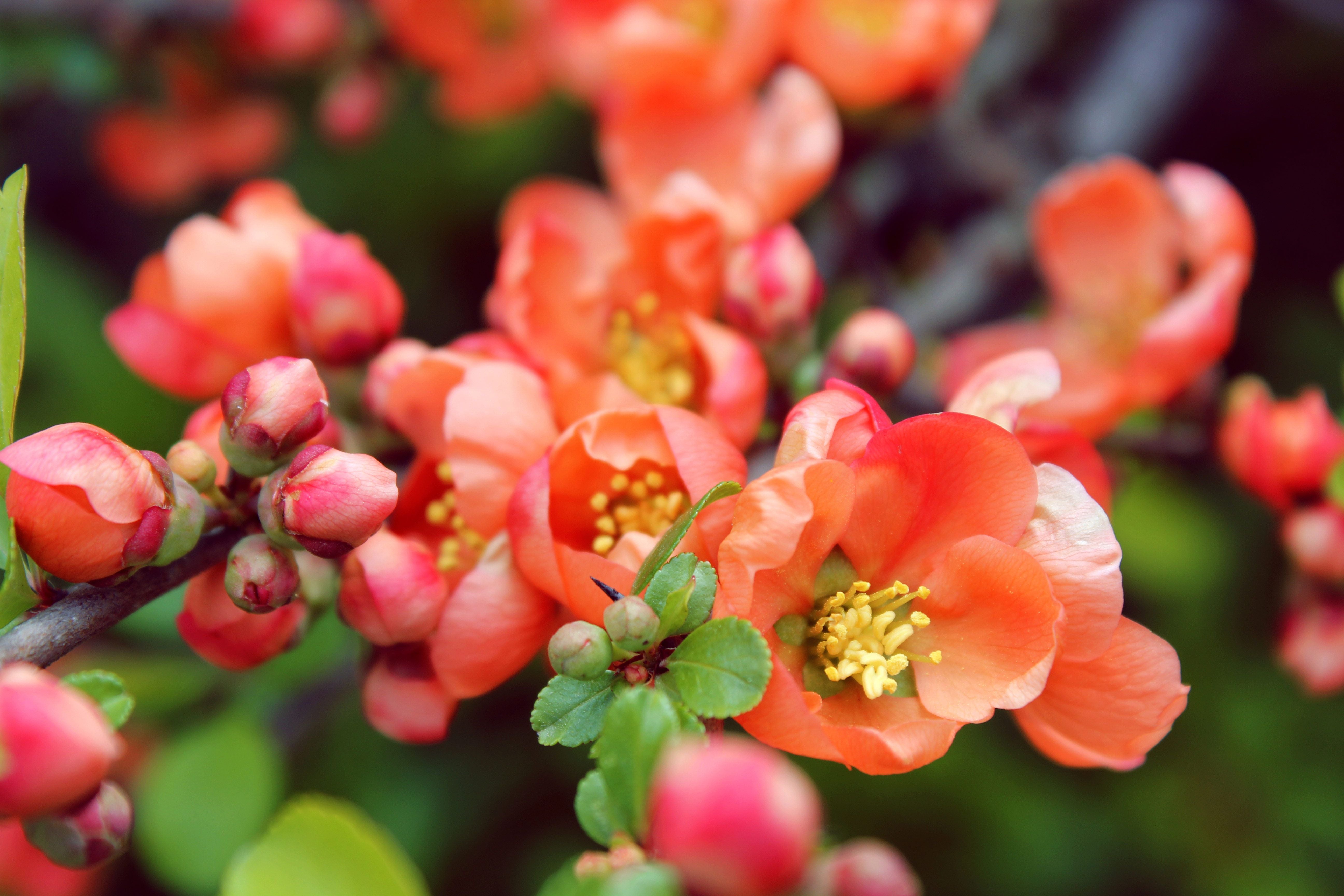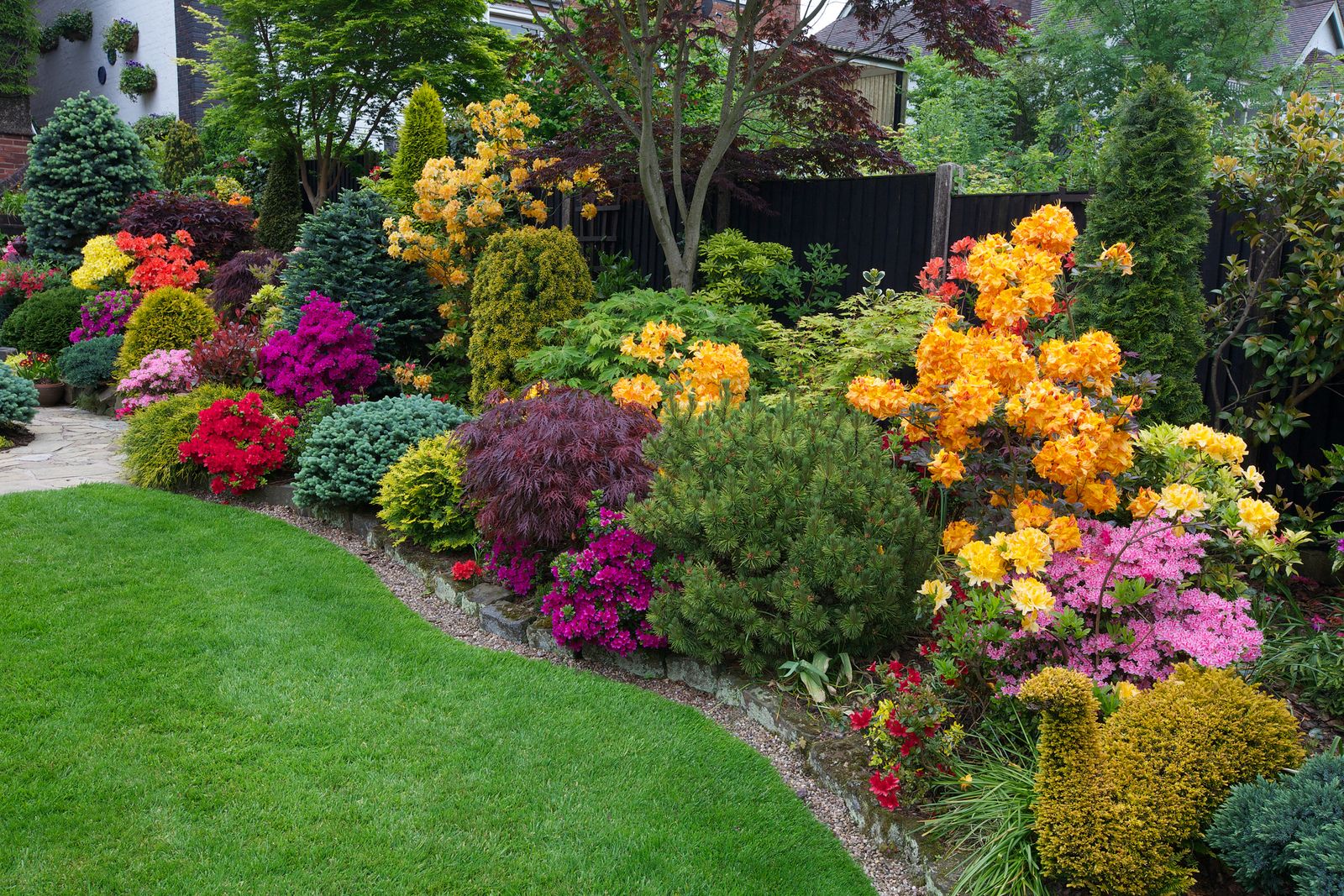7 Tips And Tricks For Stunning Garden Color Schemes

Creating a visually captivating garden isn't just about having a variety of plants; it's about how you use color to bring your garden to life. Thoughtfully planned garden color schemes can add depth, excitement, and harmony to your outdoor space. Below are seven tips and tricks to help you achieve stunning garden color schemes to make your garden a spectacle.
Understand Color Basics
Before diving into selecting plants, it's essential to understand the basics of color theory. The color wheel is a helpful tool that illustrates the relationships between colors. Familiarize yourself with primary, secondary, and tertiary colors, complementary, analogous, and triadic colors. This knowledge will allow you to create balanced and visually appealing combinations.
- Complementary Colors
Complementary colors, such as blue and orange or red and green, create vibrant and eye-catching contrasts. These pairs are directly opposite each other on the color wheel, which makes them visually striking when placed together.
Using complementary colors in your garden can highlight focal points and draw attention to specific areas. For instance, planting blue salvia near orange marigolds will create a striking and dynamic display, as the contrasting hues enhance each other's intensity.
- Analogous Colors
Analogous colors, like blue, blue-green, and green, offer a more harmonious and cohesive look. These colors are next to each other on the color wheel, which makes them naturally blend well together. An analogous color scheme in your garden can create a serene and unified appearance, as the colors transition smoothly from one to the next. This approach is ideal for large planting areas where you want a soft, gradient effect that feels soothing and visually pleasing.
- Triadic Colors
Triadic color schemes use three colors that are evenly spaced on the color wheel, such as red, yellow, and blue. This method creates a balanced and colorful touch in your garden, offering vibrancy without overwhelming the senses. Triadic schemes are known for their stability and visual interest, providing a lively and dynamic appearance.
Plan For Seasonal Color
A stunning garden color scheme isn't just about what looks good in spring or summer; it's about ensuring your garden is colorful year-round. Plan your garden with a variety of plants that bloom in different seasons. This approach keeps your garden interesting and vibrant throughout the year.
- Spring
Spring is the season of renewal, with many plants bursting into bloom. This time of year is perfect for incorporating a variety of flowering bulbs and shrubs to create a lively and colorful garden. Plant tulips and daffodils for early spring blossoms that bring vibrant splashes of red, yellow, and pink.
Complement these with flowering shrubs such as azaleas and lilacs, which offer a range of colors and fragrances. Azaleas can provide a spectacular display with their rich pinks and purples, while lilacs bring a delightful scent along with their lovely lavender or white flowers.
- Summer
Summer offers a wide range of vibrant flowers that can keep your garden looking bright and cheerful throughout the warmer months. Consider planting daylilies, which come in a variety of colors and can bloom repeatedly during the season. Coneflowers, with their distinctive daisy-like appearance and shades of purple, pink, and white, attract pollinators and add a cheerful touch.
To add height and variety, mix in flowering trees for sale such as crepe myrtles, which bloom in vivid pinks, reds, and whites, or flowering cherries, which offer delicate blossoms and a graceful appearance.
- Fall
Autumn's rich hues can transform your garden into a warm, inviting space filled with color and texture. Chrysanthemums, available in an array of colors including reds, yellows, and oranges, are classic fall flowers that can brighten up any garden.
Asters, with their star-shaped blooms in shades of purple, blue, and white, provide a beautiful contrast to the warmer tones of fall. Ornamental grasses add texture and movement, swaying gently in the autumn breeze and contributing to the overall aesthetic.
- Winter
Even in the cold months, you can have color and interest in your garden. Evergreen shrubs, such as holly and boxwood, maintain their greenery throughout the winter, providing structure and a lush background. Holly bushes also offer bright red berries that add a festive touch.
Winter-blooming plants like hellebores, also known as Christmas roses, bring delicate flowers in shades of white, pink, and purple. Witch hazel is another excellent choice, with its unique, spidery yellow or orange blooms appearing on bare branches.
Consider Plant Characteristics
Color is a significant factor in plant selection, but don't overlook other characteristics that can influence your garden's overall appearance. Consider the texture, shape, and size of plants to create a well-rounded and visually appealing garden.
- Texture
Plant textures range from fine and delicate to bold and coarse, and combining different textures can add depth and interest to your garden. Texture refers to the surface quality of a plant's foliage or flowers, which can vary significantly between species. Fine-textured plants, like ferns, have delicate, lacy leaves that create a soft, feathery appearance. In contrast, bold-textured plants, such as hostas, feature broad, thick leaves that provide a solid, substantial presence.
- Shape
Varying plant shapes also add visual interest to your garden. Plants come in many forms, from tall and spiky to low and mounding, each contributing a unique silhouette. Incorporating a mix of shapes can create dynamic and engaging plantings. Pair these with mounding plants like petunias, which provide a full, rounded shape that contrasts with the vertical lines.
- Size
Considering the mature size of your plants is crucial to ensure they fit well within your garden and maintain harmony as they grow. Different heights and sizes of plants can be used to create layers and a sense of depth. Taller plants can serve as a backdrop, medium-sized plants fill the mid-ground, and shorter plants or ground covers complete the foreground.
Use Containers And Accents
Containers and garden accents are excellent ways to introduce color and flexibility into your garden. They allow you to experiment with color schemes on a smaller scale and can be easily moved or changed with the seasons.
- Containers
Choose containers in colors that complement or contrast with your plantings. Brightly colored pots can add a fun and playful touch, while neutral-toned containers can provide a sophisticated backdrop for colorful flowers.
- Garden Accents
Incorporate garden accents like birdbaths, benches, or trellises painted in complementary or contrasting colors. These elements can act as focal points and tie together different areas of your garden.
Think About Backgrounds
The backdrop of your garden plays a crucial role in how colors are perceived. Consider the colors of your home, fences, and any large structures when planning your garden color schemes.
- Neutral Backgrounds
Neutral backgrounds, like white or gray walls, allow plant colors to stand out more vividly. They provide a blank canvas that makes bright and bold colors pop.
- Colored Backgrounds
If your home or fence is painted in a strong color, choose plants that complement or contrast with it. For instance, a red brick wall can be beautifully offset with green foliage and white blooms.
Experiment With Light
Light affects how colors appear in your garden. Different times of the day and varying light conditions can change the look of your plants. Observe your garden at different times to understand how sunlight and shade influence the colors.
- Morning Light
Morning light is softer and cooler, making it ideal for appreciating pastel colors and lighter shades. Plants like lavender and pale pink roses look especially lovely in the morning light.
- Afternoon Light
Afternoon light is brighter and warmer, enhancing the vibrancy of bold and saturated colors. Flowers like sunflowers, zinnias, and marigolds shine in the strong afternoon sun.
- Evening Light
Evening light has a golden hue that can make your garden look magical. Whites and yellows tend to glow in this light, creating a serene and tranquil atmosphere.
Be Creative and Have Fun
While there are guidelines and principles to follow, don't be afraid to experiment and let your personality shine through. Gardening is an art, and the most beautiful gardens often reflect the individuality and creativity of their creators.
- Try New Combinations
Don't be afraid to mix plants you wouldn't normally pair together. Sometimes, unexpected combinations can turn out to be the most stunning.
- Listen To Feedback
Invite friends and family to share their thoughts on your garden. Fresh perspectives can offer new ideas and help you refine your color schemes.
- Keep Learning
Gardening is a continuous learning process. Attend garden shows, read books, and follow gardening blogs to stay inspired and informed about new trends and techniques.
Ready to transform your garden into a vibrant paradise? Visit us at Tristar Plants to explore our wide selection of plants, trees, and shrubs for sale. Whether you're a seasoned gardener or just starting, we have everything you need to bring your garden color schemes to life. Join us and let your garden bloom with color and creativity.


